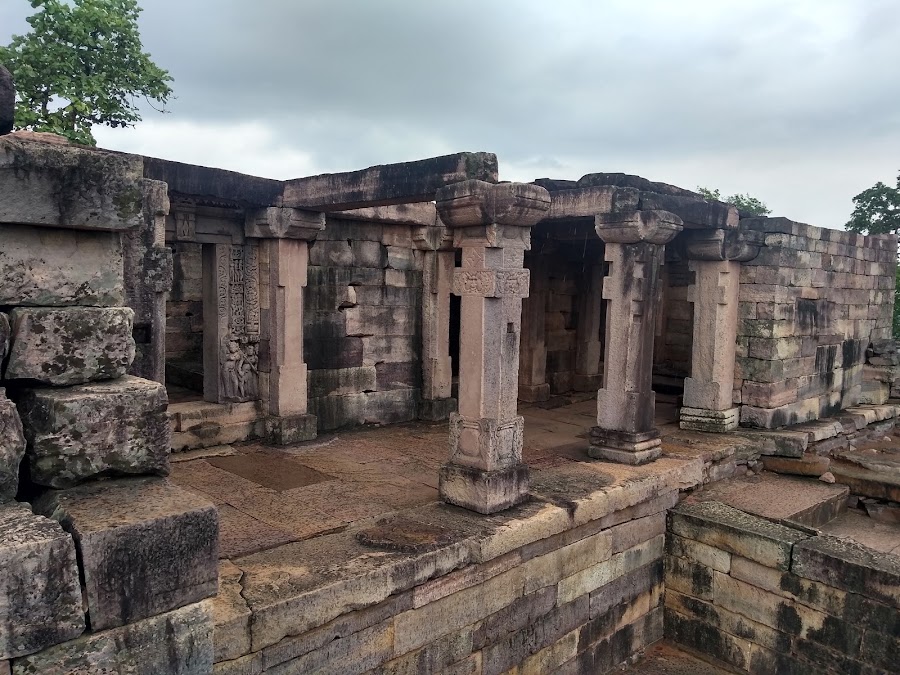
Gupta Temple
Sanchi, India
- Explore the temple's architecture
- Learn about Gupta art
- Photography of the temple
- Visit nearby Sanchi Stupa
Known for:
Description:
The Gupta Temple at Sanchi, also known as Temple 17, is a significant early example of Gupta-era architecture in India. This small, flat-roofed shrine showcases the nascent stages of temple construction during this period. Its simple yet elegant design, featuring a square sanctum and a portico supported by four pillars, reflects the classical proportions and refined aesthetics characteristic of Gupta art. While modest in size compared to later temple complexes, it offers valuable insights into the evolution of Indian temple architecture and the artistic achievements of the Gupta dynasty. The temple's location near the Great Stupa adds to its historical and cultural significance, making it a must-see for visitors interested in ancient Indian art and religion.
History:
Dating back to the 5th century CE, during the Gupta Empire, the Gupta Temple represents a crucial phase in the development of Hindu temple architecture. The Guptas, known for their patronage of the arts and sciences, ushered in a golden age of Indian culture. This temple, though small, exemplifies their architectural innovations. Its construction marks a transition from earlier rock-cut shrines to freestanding structural temples. The temple's simple design, with its flat roof and pillared portico, became a prototype for later temple designs across India. Its survival offers a glimpse into the religious and artistic landscape of the Gupta period and the foundations upon which subsequent generations of temple builders would build.